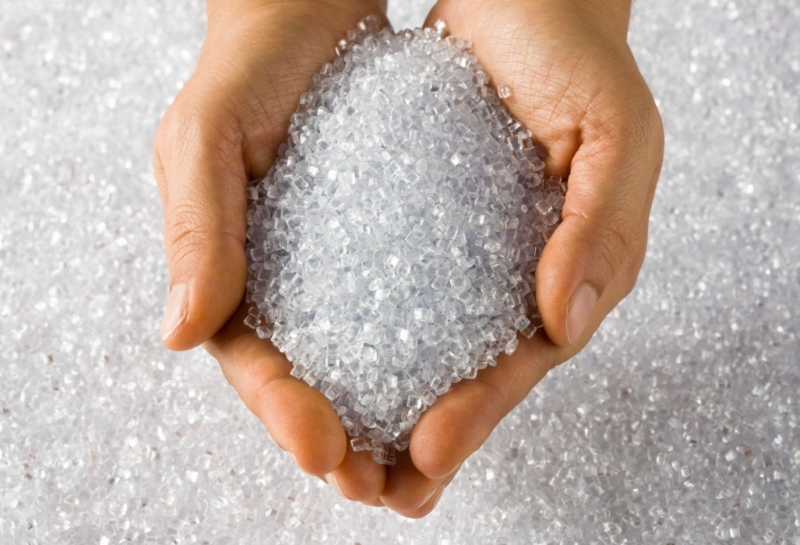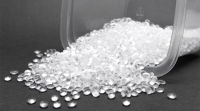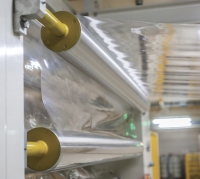Polyethylene is a synthetic polymer made from the polymerization of ethylene, a hydrocarbon derived primarily from natural gas and petroleum. It is one of the most widely used plastics in the world, due to its versatility, ease of production, and range of properties. Here are some key points about polyethylene:
Types of Polyethylene
1. Low-Density Polyethylene (LDPE)
Properties: Flexible, transparent, good chemical resistance, and low tensile strength.
Uses: Plastic bags, film wraps, containers, and squeeze bottles.
2. High-Density Polyethylene (HDPE)
Properties: Rigid, strong, opaque, higher tensile strength, and better chemical resistance compared to LDPE.
Uses: Milk jugs, detergent bottles, water pipes, and plastic lumber.
3. Linear Low-Density Polyethylene (LLDPE)
Properties: Similar to LDPE but with improved tensile strength and puncture resistance.
Uses: Stretch film, agricultural film, and packaging materials.
4. Ultra-High-Molecular-Weight Polyethylene (UHMWPE)
Properties: Extremely high impact strength, abrasion resistance, and low coefficient of friction.
Uses: Medical devices (like joint replacements), bulletproof vests, and high-performance engineering applications.
Production Process
Polyethylene is produced through a chemical process called polymerization, where ethylene (C₂H₄) monomers are linked together in the presence of a catalyst under controlled conditions of temperature and pressure.
Properties
Chemical Resistance: Resistant to a wide range of chemicals, making it useful for containers and pipes.
Durability: High resistance to impact and wear, especially in forms like HDPE and UHMWPE.
Thermoplasticity: Can be melted and reformed, making it recyclable.
Electrical Insulation: Good insulating properties, used in cable and wire coatings.
Environmental Impact
While PE is highly useful, its durability and resistance to degradation pose significant environmental challenges. Polyethylene products can contribute to plastic pollution if not properly managed. Recycling programs and the development of biodegradable alternatives are critical to mitigating these issues.
Applications
PE is found in numerous everyday products, including:
– Packaging materials (e.g., plastic bags, bottles, and films)
– Household goods (e.g., containers, toys, and kitchen utensils)
– Agricultural products (e.g., greenhouse films and irrigation pipes)
– Industrial uses (e.g., pipes, tanks, and geomembranes)
– Medical applications (e.g., prosthetics and surgical devices)







Leave A Comment